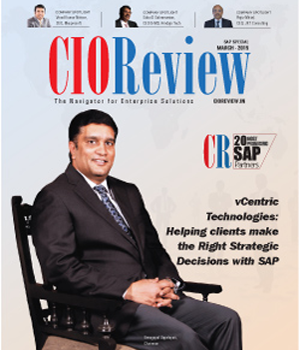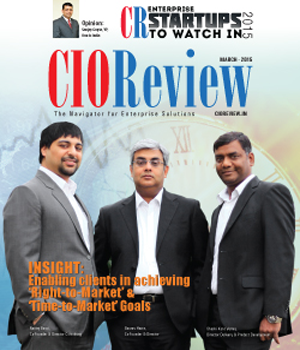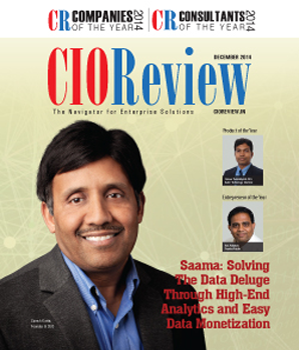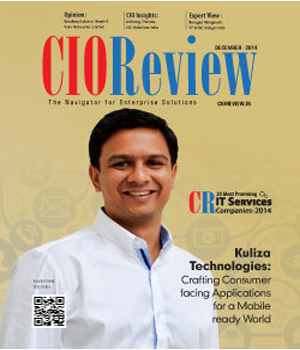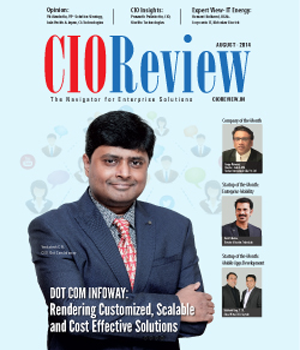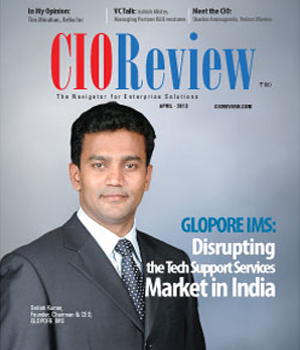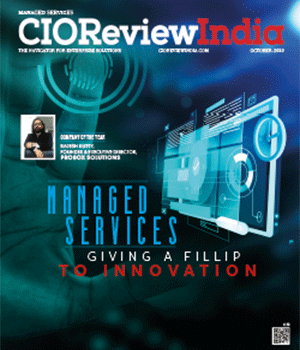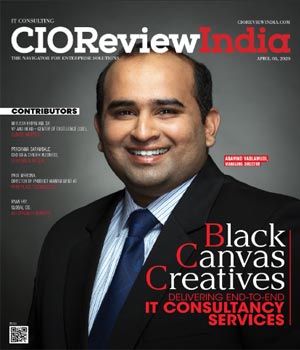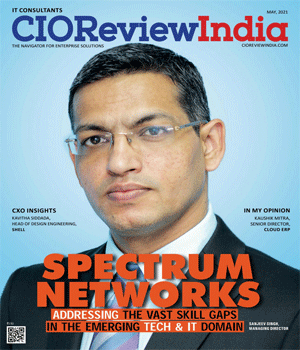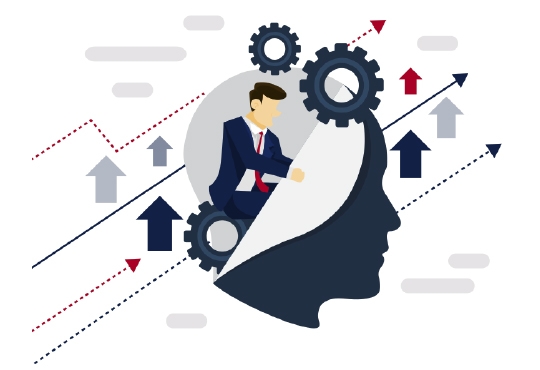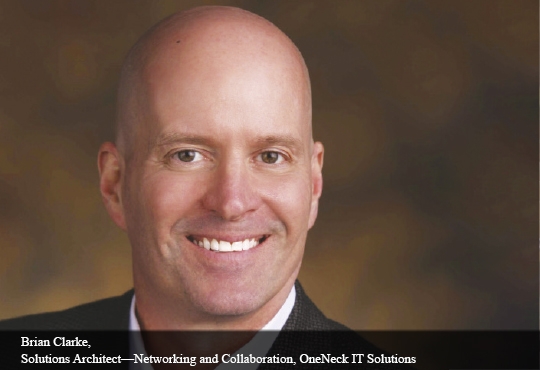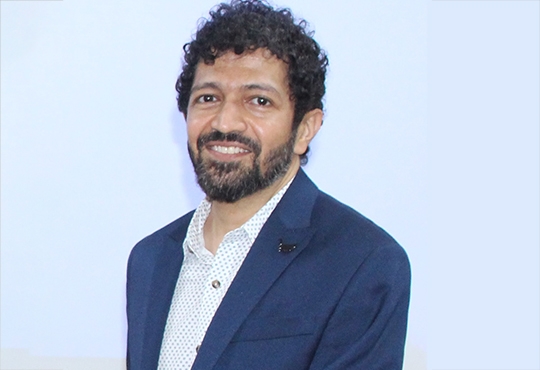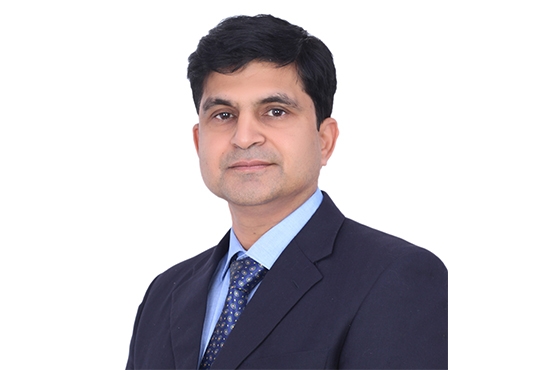
Expectations From Managed Services Providers In The Time Of Digital Disruption
Arun Kumar Singh, Senior Vice President & Business unit Head, Quinnox, Inc | Friday, 27 September 2019, 04:40 IST
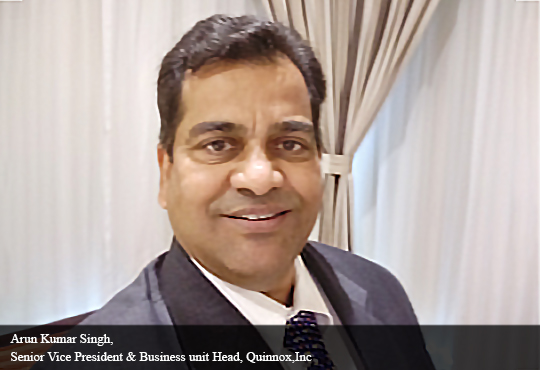 Where does a business put its best resources? A failing business often puts its best resources at the biggest issue that they have. A successful business will put its resources at the biggest opportunity. Hence today, client’s valued and scarce IT staff is put to higher order needs like customer facing area, strategic IT planning, re-platforming, technology architecture evolution, security planning, module/system ownership than at coding, monitoring, AMS, NOC work, help desk etc. The opportunity for Managed Service Providers (MSP) to create value by taking care of bulk of the IT work where client doesn’t deployed its staff, continues to exist.
Where does a business put its best resources? A failing business often puts its best resources at the biggest issue that they have. A successful business will put its resources at the biggest opportunity. Hence today, client’s valued and scarce IT staff is put to higher order needs like customer facing area, strategic IT planning, re-platforming, technology architecture evolution, security planning, module/system ownership than at coding, monitoring, AMS, NOC work, help desk etc. The opportunity for Managed Service Providers (MSP) to create value by taking care of bulk of the IT work where client doesn’t deployed its staff, continues to exist.
In the late 90s, the MSP market started taking shape. Initially it was highly hardware centric. MSPs procured, installed and supported the hardware for an enterprise. With the advent of new capabilities in the systems and tools to remotely monitor and manage IT environments, the managed services took shape. The MSPs centralize most of their operations, thus serving more clients, reducing cost of service and improving the margins.
Software services moved from staff augmentation to the creation of skill pools that got deployed for different customers in different operational models including managed services mode where the MSPs often set up Offshore Development Centres (ODC) with the security and process compliance to client’s needs. The ODCs had often project operations in the control of the provider.
“The business layer containing business process knowledge through business Analyst, marketers, etc. demands significantly higher participation from MSP bringing global/external learning”
While the opportunity continues to exist for the MSP and the fundamental construct of managed services have not changed, the digital disruption has changed the expectations. Let’s discuss it with a four-level service architecture and participation mix diagram below:
The decision or management layer sees a higher participation from the MSP now. The business layer containing business process knowledge through business Analyst, marketers, etc. demands significantly higher participation from MSP bringing global/external learning. Engineering layer contains technology expertise. The Service Building Blocks (SBB) are expertise areas in cluding people, process and tools. A couple of SBBs get linked to fulfil a client need. With technology layer and SBBs have completely changed with technology. The infrastructure layer continues to be almost completely managed by the MSPs.
The expectations from all layers have changed primarily due to lack of precedence in use of technology, and in-house experience in carrying out business process changes leveraging these digital technologies. Some expectation changes are:
1. The MSPs are expected to be the business advisors and proactive partners in transformation related decision-making. In an environment of uncertainty the client CxOs need trusted advisors with knowledge and experience from across the geographies and industries.
2. MSP is expected to bring the business process enhancement learning from across the globe and industries to help identify different possible ways a business process can be changed or made more effective and efficient, to evaluate options and then to convert the business process decision into technical change.
3. The expectation from the Engineering layer is the ready availability of the skilled staff, processes, and tools that provide speed and agility needed to lead the disruption. SBBs should have cross-skilled people who are kept trained on current technologies.
4. Most of the infrastructure has moved to cloud. Apart from system and application migration and support on cloud, the biggest expectation is the cyber security.
In the time of digital disruption, with the key driver being speed, agility and innovation, here are a few changes that may make the difference between success and failure of an MSP:
1. Engage with your end customer and understand their changing preferences and expectations. The digital technologies continues to impact the customer behaviour. Develop culture, mind-set, process and systems that keeps you aware of these behavioural changes.
2. The need to have local and remote presence will continue. Operate the service in such a way that remote and local/offshore team can effectively work together.
3. For the SBBs, keep hiring the best talent both in technology and business areas. Develop a virtual/online talent network.
4. Focus on predictability, reusability and repeatability. Boost the productivity with the built in analytics and ML. Continuously measure, report/share and improve.
5. The B2B clients expect to be treated same as B2C clients. Expect the rapid decision-making, and less beurocracy from B2B clients and provide the best possible CX to them as you would to B2C.
6. Cyber security and regulatory compliance are prime needs. Service offering should align and comply with this need.
7. Use the technologies that you would advocate to the clients to create an effective and efficient managed service delivery environment. 8. Create an AI based, automated and real time dashboard, that’s the single source of truth within the organization and with the client.
9. Be Proactive. Don’t just act when things go wrong. Proactively identify challenges and fix them in time.
10.Automate, automate, and automate.
Digital disruption has opened new avenue for MSP. They can transform themselves to cater to new expectations or slowly but surely fade away.
CIO Viewpoint
With Managed Services Organizations Can Reduce...
By Krishnakumar Madhavan, Head IT & Innovation, KLA Software India Pvt Ltd
By Amandeep Singh, Vice President & Group Head - IT Infrastructure, Thomas Cook India Limited
By Brian Clarke, Solutions Architect-Networking and Collaboration, OneNeck IT Solutions
CXO Insights
Innovation in IT: Meeting Evolving Demands and...
By K Shivasankar, Vice President - Technology & Solutions, India, NTT DATA Inc
Low-Code/No-Code: The Key to Intelligent...
By Sachin Panicker, Chief AI Officer, Fulcrum Digital
Maximizing Business Insight with Big Data...


